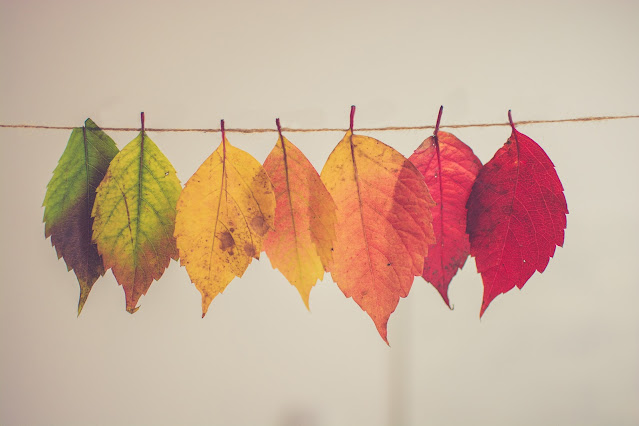City lights on throughout the night, identified as light pollution, are reported to greatly disrupt the phenology of urban plants. New research by Yuyu Zhou, Associate Professor in the Department of Geological and Atmospheric Sciences, Iowa State University, shows how lights extend the growing season in cities.
This can affect many things, from allergies to the local economy. In the study with his colleagues, Zhou analyzed trees and shrubs in about 3,000 locations in US cities to see how they responded to different lighting conditions over five years.
Plants use the natural day-night cycle to signal the changing seasons. They found that artificial light had accelerated the blooming date of flower buds in spring by an average of about nine days earlier than sites without nighttime lights.
The timing of fall color change in leaves is more complex, but leaf change is still delayed by an average of nearly six days in 48 states. "In general, we found that the stronger the light, the bigger the difference," the researchers noted.
They also projected the future effects of nighttime lighting for five US cities: Minneapolis, Chicago, Washington, Atlanta, and Houston, based on different scenarios for future global warming. Also, an annual increase in night light intensity of up to one percent.
"We found that the increase in nighttime light is likely to continue to shift the start of the season more rapidly, although the effect on the timing of fall color change is more complex," they report.
Impact on Health
Such shifts in plant biological clocks have important implications for the economic, climate, health and ecological movements that urban plants provide. On the plus side, a longer growing season can allow urban agriculture to be active for a longer period of time.
Plants can also provide shade for a cool environment in early spring, then in the fall as global temperatures rise. However, changes in the growing season can also increase the plant's susceptibility to spring frost damage.
It can also create a mismatch with the timing of other organisms, such as pollinators, on which some urban plants rely. Longer active seasons for urban plants also indicate earlier and longer pollen seasons, which can exacerbate asthma and other respiratory problems.
A study in Maryland noted at least a 17 percent increase in hospitalization for asthma in years when the plants bloomed earlier than expected.
Reduce Light Pollution
How the timing of the fall colors will change going forward as light pollution and Earth's temperature increase is less clear. Temperature and artificial light both affect fall colors in complex ways.
"Our projections suggest that delays in coloration dates (in autumn) due to climate warming may stop in the middle of the century and may be reversed due to artificial light. This will require more research," the researchers continued.
How urban artificial light will change in the future also remains to be seen further. One study found that urban light at night had increased by about 1.8 percent per year worldwide in 2012-2016.
However, many cities and states are trying to reduce light pollution, including requiring visors to control where light goes and switching to LED lighting, which uses less energy and has less effect on plants than traditional longer wavelength street lights.
Not the First Time
Urban plant phenology can also be influenced by other factors, such as carbon dioxide and soil moisture. In addition, the faster temperature increase at night compared to the daytime can lead to different day-night temperature patterns, which can affect plant phenology in complex ways.
Understanding this interaction between plants and artificial light and temperature will help scientists predict changes in plant processes under a changing climate. Cities are now functioning as natural laboratories.
This is not the first time, clear nights have previously been reported to threaten humans, animals and entire ecosystems, reports Health Liputan6.com channel. A 2016 study found that light pollution can disrupt sleep patterns.
The researchers found that six percent of those living in urban areas with bright outdoor light were less rested. This is in contrast to those who live in areas with not too bright lighting.
In addition, those who are exposed to more lighting at night may experience fatigue, as well as suffer from impaired body functions and extreme sleepiness. Research at Harvard even found that artificial light at night can increase the risk of breast cancer.




